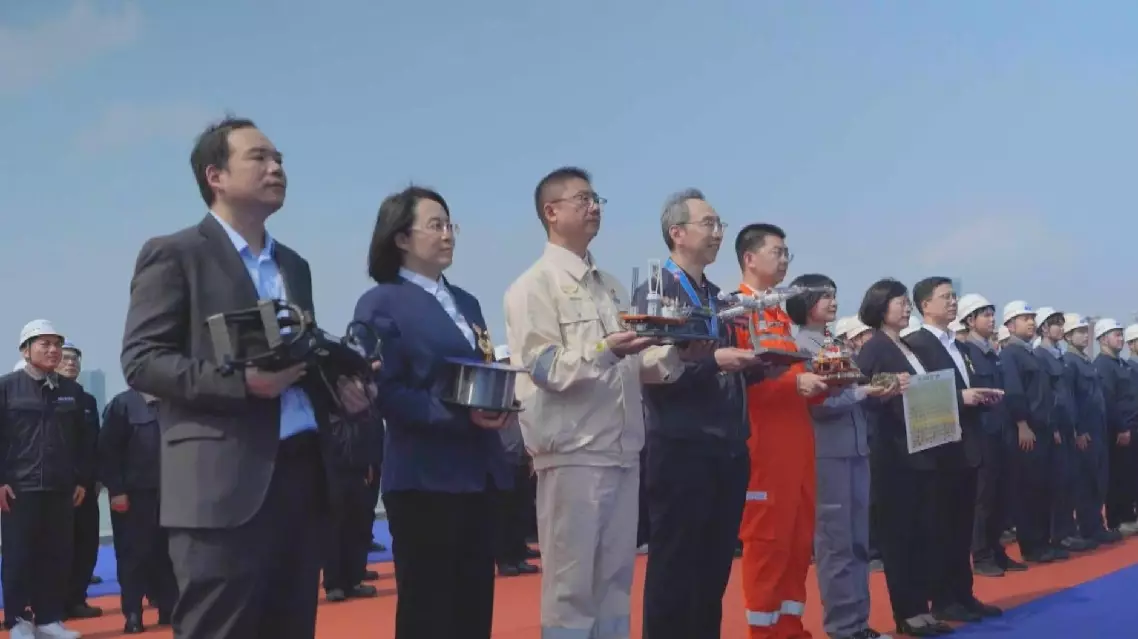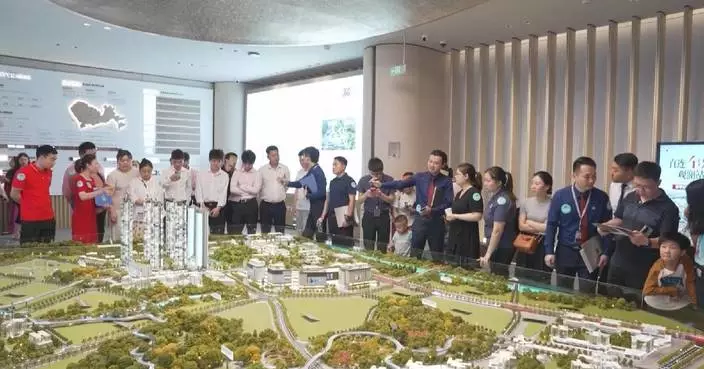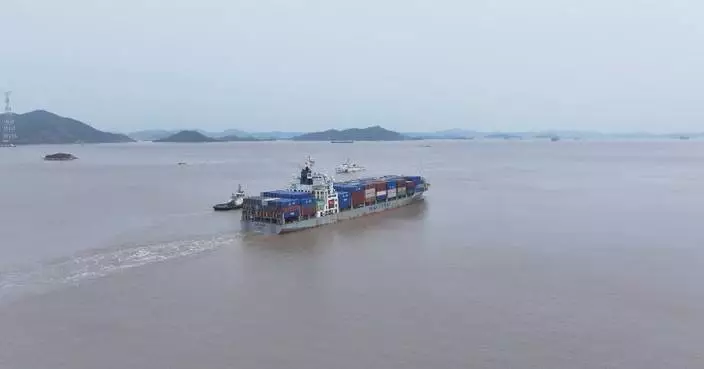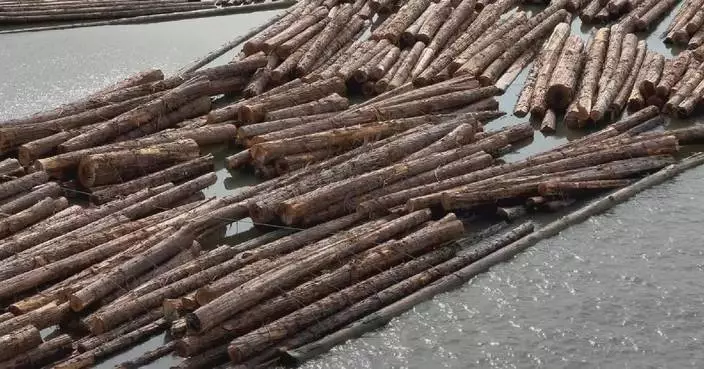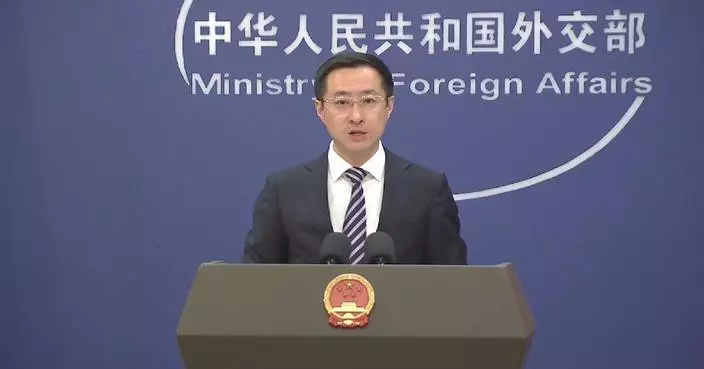Ministers attending the sixth China-Africa Media Cooperation Forum in Beijing have called for amplifying shared stories and experiences to foster mutual understanding with China.
The event on Wednesday gathered over 500 representatives from government departments, media, think tanks and international organizations across China and more than 40 African countries.
Held ahead of the upcoming 2024 summit of the Forum on China-Africa Cooperation (FOCAC) in early September, it provided a platform for participants to share experiences and explore new ideas for strengthening China-Africa partnership.
"I think it's important for the two people to know each other at the micro level. There's no better way for that to happen without the role of the media to make sure that content from China portraying Chinese culture, Chinese history, Chinese tradition is shown to the Gambian audience. Equally for Gambian history, Gambian culture, and Gambian development trajectory, and Gambian aspirations is shown to the Chinese audience, to also know the people they are friends with. This is very important," said Ismaila Ceesay, Minister of Information of Republic of The Gambia.
Participants at Wednesday's event also discussed best practices in the use of technology in media.
Many attendees believe there are lessons to be drawn from China's advances in technology.
"The relationship really between Zimbabwe and China did not start today. It dates back to the liberation struggle. It has been a relationship that has always been there. We've actually fought the war together from colonialism, imperialism, up to where we are. And this time around, we are talking of our development and you'll agree with me, that in terms of technology, China is at another level. And as a developing country, we're also learning from China, so that we get things going technologically," said Omphile Marupi, Deputy Minister of Information, Publicity and Broadcasting Services of Republic of Zimbabwe.
First launched in 2012, the forum has achieved more than 60 cooperation agreement projects, according to organizers.
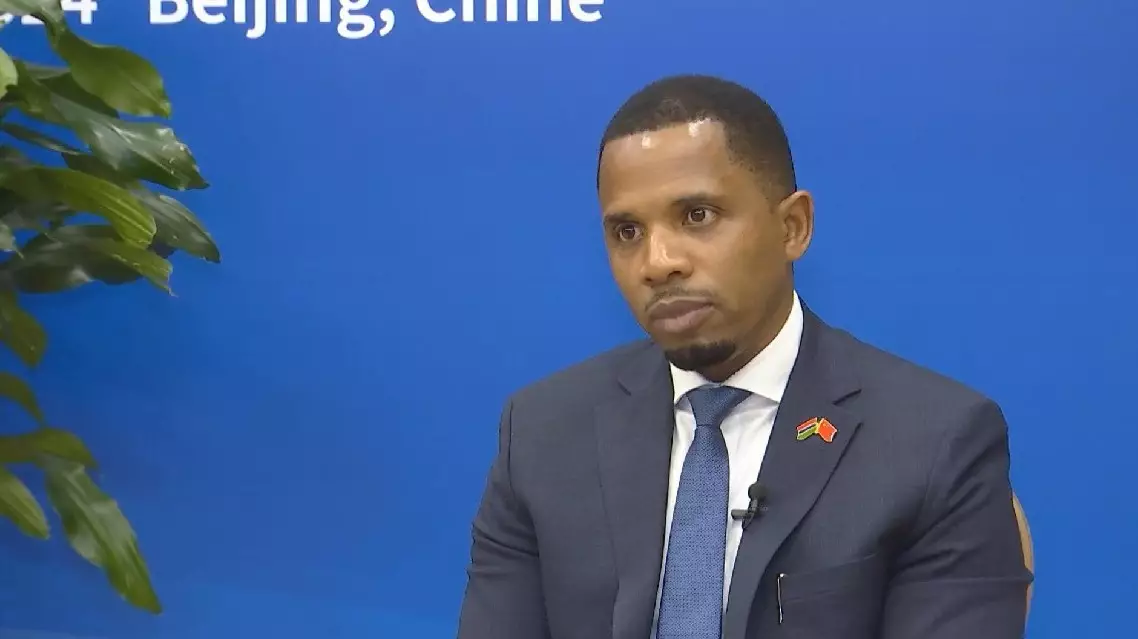
African ministers call for more media exchanges with China



